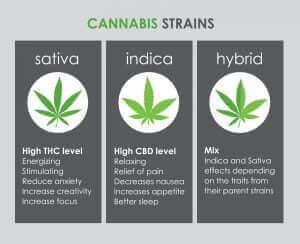Definition
The reduced sensitivity to the effects of cannabis that develops with frequent use, requiring higher doses to achieve the same effects.
Purpose and Usage
Understanding tolerance is crucial for both recreational and medicinal cannabis users to manage their consumption effectively. It helps in determining appropriate dosing, avoiding overuse, and resetting sensitivity when needed.
How It Relates to Cannabis
- Results from repeated exposure to cannabinoids like THC, leading to desensitization of the body’s endocannabinoid receptors.
- Develops at different rates for individuals based on factors like genetics, frequency of use, and consumption method.
- Can impact the intensity of psychoactive effects, making users feel less “high” from the same amount of cannabis over time.
- Often addressed by taking a tolerance break (a temporary cessation of cannabis use) to restore receptor sensitivity.
- Medicinal users may adjust strains or methods to maintain therapeutic effects without increasing doses excessively.
Common Misconceptions
- Tolerance means cannabis is ineffective: It reduces effects temporarily but can be managed through breaks or adjustments.
- Everyone develops tolerance at the same rate: Factors like metabolism, usage habits, and body chemistry influence tolerance differently.
- Only THC causes tolerance: While THC is most associated with tolerance, other cannabinoids can also contribute, though to a lesser extent.
Alternatives
- Tolerance Break: A deliberate pause in cannabis use to reset sensitivity.
- Microdosing: Using very small amounts of cannabis to achieve desired effects without significantly building tolerance.
- Switching Strains: Alternating strains with different cannabinoid and terpene profiles to manage tolerance.
Importance of Tolerance
Tolerance is a key concept in cannabis consumption, influencing both user experience and health outcomes. It underscores the importance of mindful usage and personalized dosing strategies to maintain effectiveness while minimizing risks. Understanding tolerance empowers users to make informed decisions, ensuring a balanced and enjoyable relationship with cannabis.






